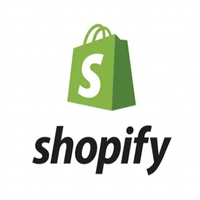Squarespace vs Shopify: How best to create a stunning digital storefront for your creative work
Having spent hours using both, we delve into which web builder is best for your creative needs.
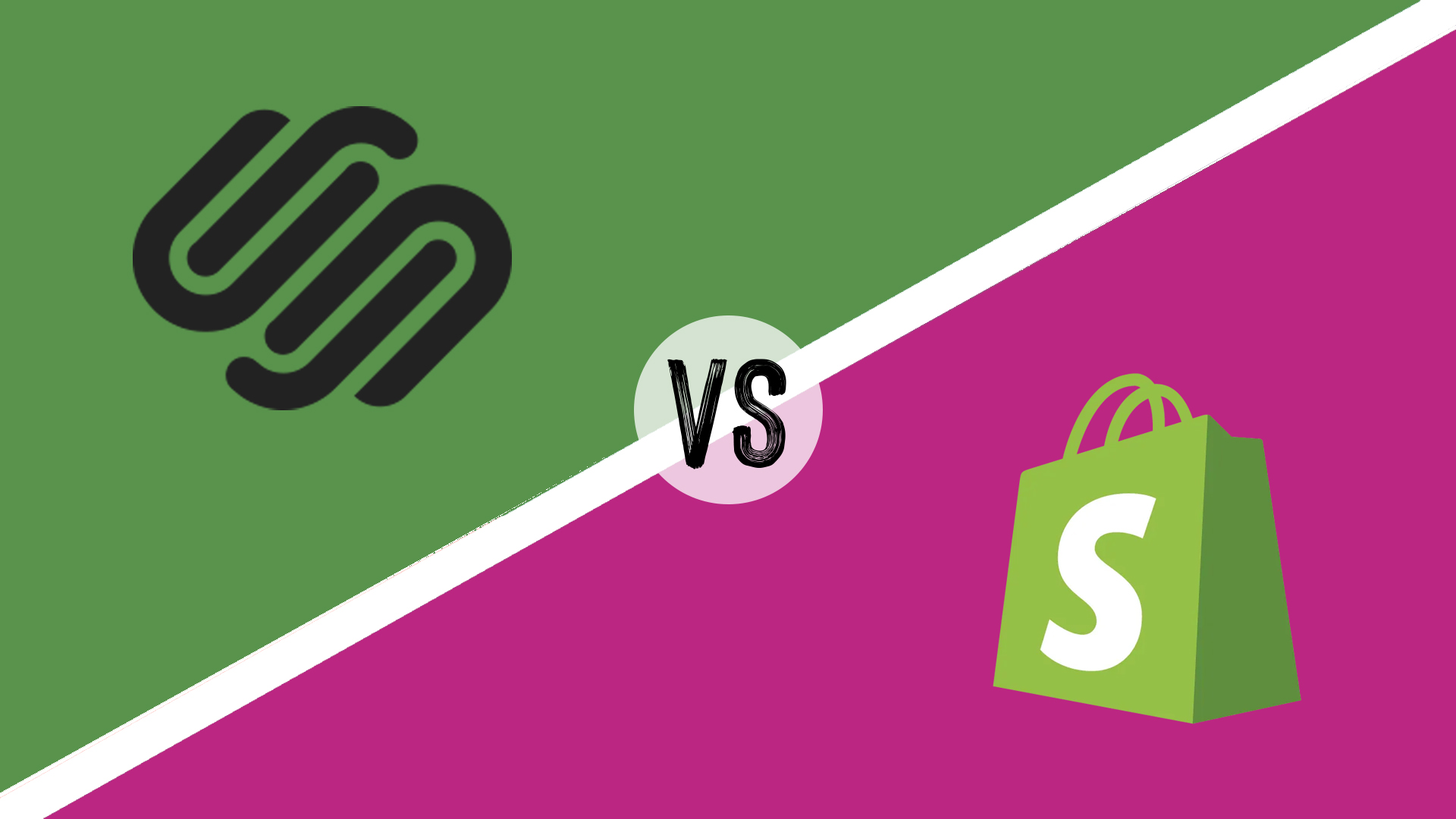
Looking for the best platform to showcase your creative portfolio while also selling your artwork online? Squarespace and Shopify are two obvious candidates. While one focuses on design and the other on ecommerce, they have more in common than you might think! Here's how to choose the best small business website builder for your creative storefront.
Squarespace remains my favorite design-focused website builder, blending intuitive drag-and-drop editing with AI-powered Blueprint templates and Fluid Engine grids for pixel-perfect control. Its latest updates prioritise visual storytelling, such as dark mode aesthetics, scroll-triggered animations, and seamless integrations for portfolios, client galleries, or freelance services. It’s a playground for UI/UX pros, while still offering enough ecommerce features to monetise your art.
Shopify, on the other hand, is my go-to recommendation for creatives side hustles. New 2025 themes like Broadcast and Lumin cater to digital artists and model designers, offering dynamic product galleries and “buy now, pay later” options. Its entry-level plan comes with social media selling, while advanced tiers support global payments, print-on-demand workflows, and app-like mobile experiences. For those blending artistry with entrepreneurship, Shopify’s powerful ecosystem makes monetisation frictionless.
Squarespace: Perfect designs for $16 per month
Sleek templates, unlimited bandwidth, and built-in SEO tools ideal for portfolios, galleries, or minimalist showcases. No transaction fees and a 14-day free trial let creatives experiment risk-free.
Shopify: Build a creative storefront for $5 a month
Sell digital art or 3D assets via social media and link drops. Upgrade to the $39/month plan for a full storefront, global payment options, and app integrations
Interface & features
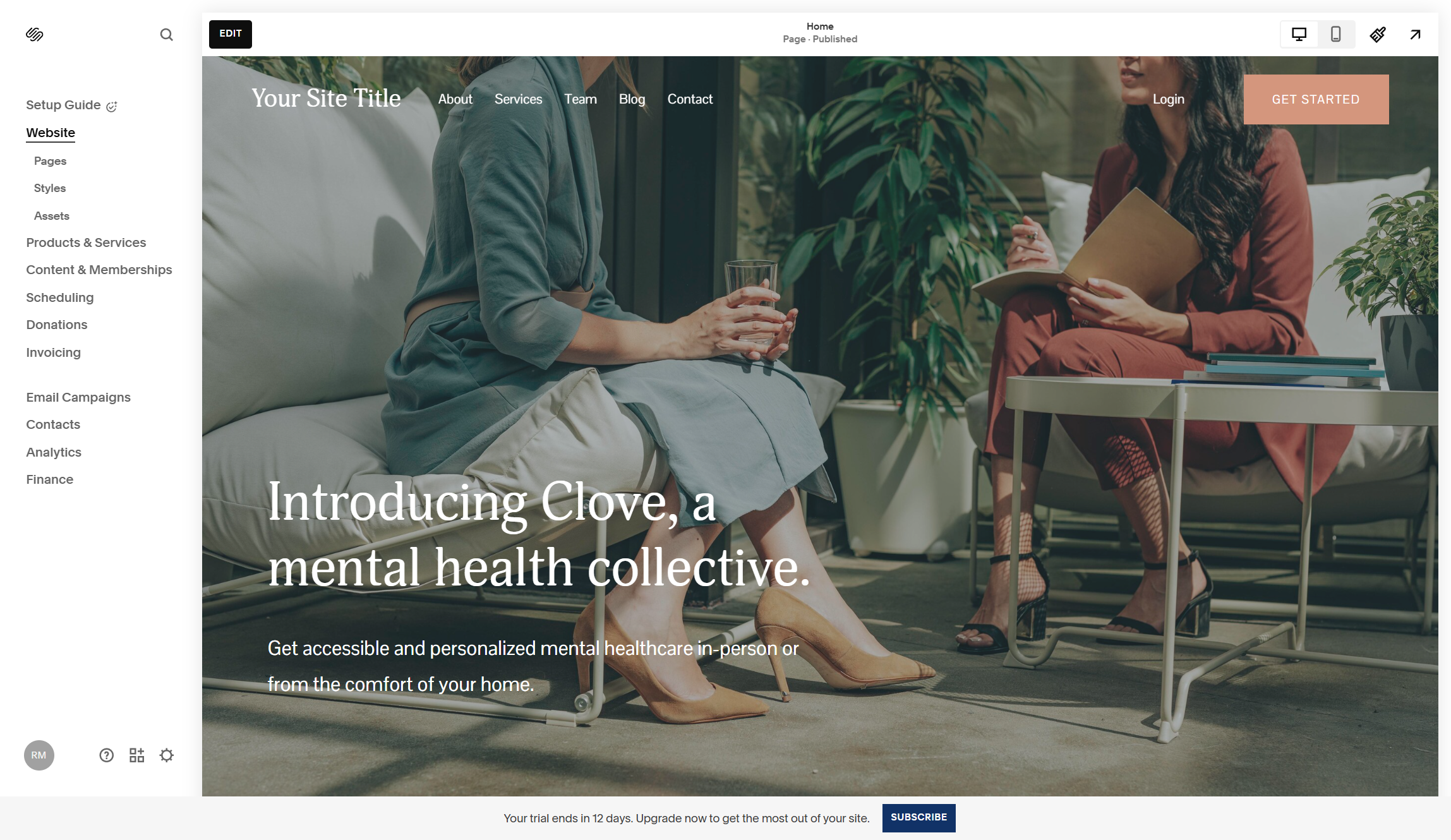
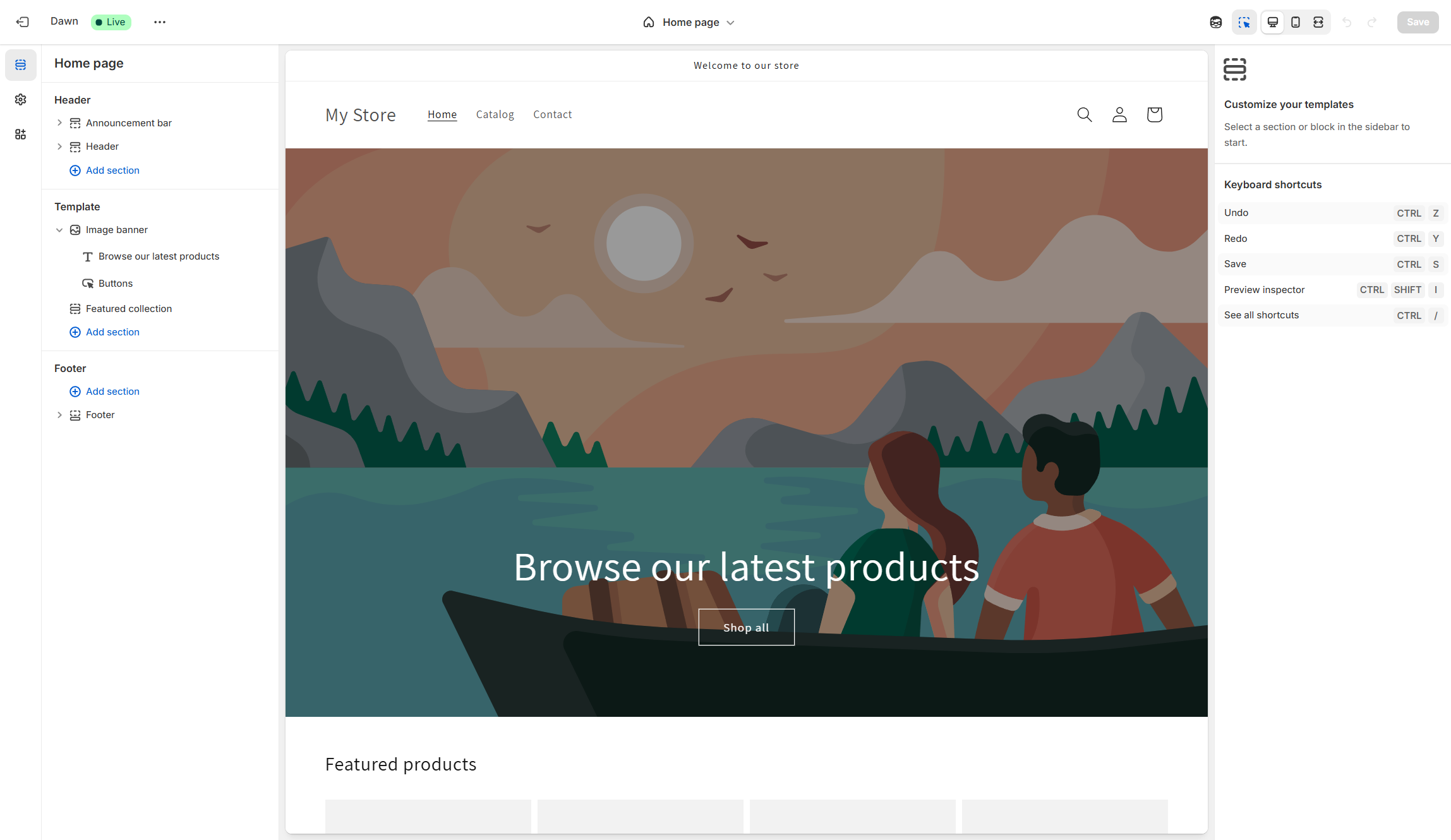
Squarespace remains the designer's favorite in 2025, with its drag-and-drop interface and design-centric philosophy. The Fluid Engine grids and Blueprint AI-enabled templates provide pixel-perfect precision, so you can create beautiful websites with minimal coding. For artists, the design-centric philosophy carries a huge draw, with native support for portfolios, galleries, and artistic showcases.
With its advanced AI-powered design tools, Squarespace simplifies the process of creating and suggesting formats based on user preference. Not only is this time-saving, but it also ensures websites are performance-enhanced and visually appealing. Thanks to its responsive design element, I can also connect and interact with my audience on any platform.
But if I wanted to monetise my creative work, Shopify has the upper hand on ecommerce features here. The platform's UI is made for e-commerce use, with a solid feature set for building and operating online stores. Shopify also introduced new themes like Broadcast and Lumin in 2025, with things like interactive product galleries and advanced payment features.
For creatives building on Shopify, the best thing about the platform is its extensive collection of third-party apps. This offers additional space for customisation and functionality, such as sophisticated inventory management and straightforward social media selling. If you want to build a visually appealing online store, this is your platform.
Get the Creative Bloq Newsletter
Daily design news, reviews, how-tos and more, as picked by the editors.
Verdict: In the end, use case will decide between the two. If you wish to build sites that will be utilised primarily as an online store, then Shopify is where you want to go. But for a vast number of other use cases, such as portfolios and creative showcases, then Squarespace is the solution.
Performance
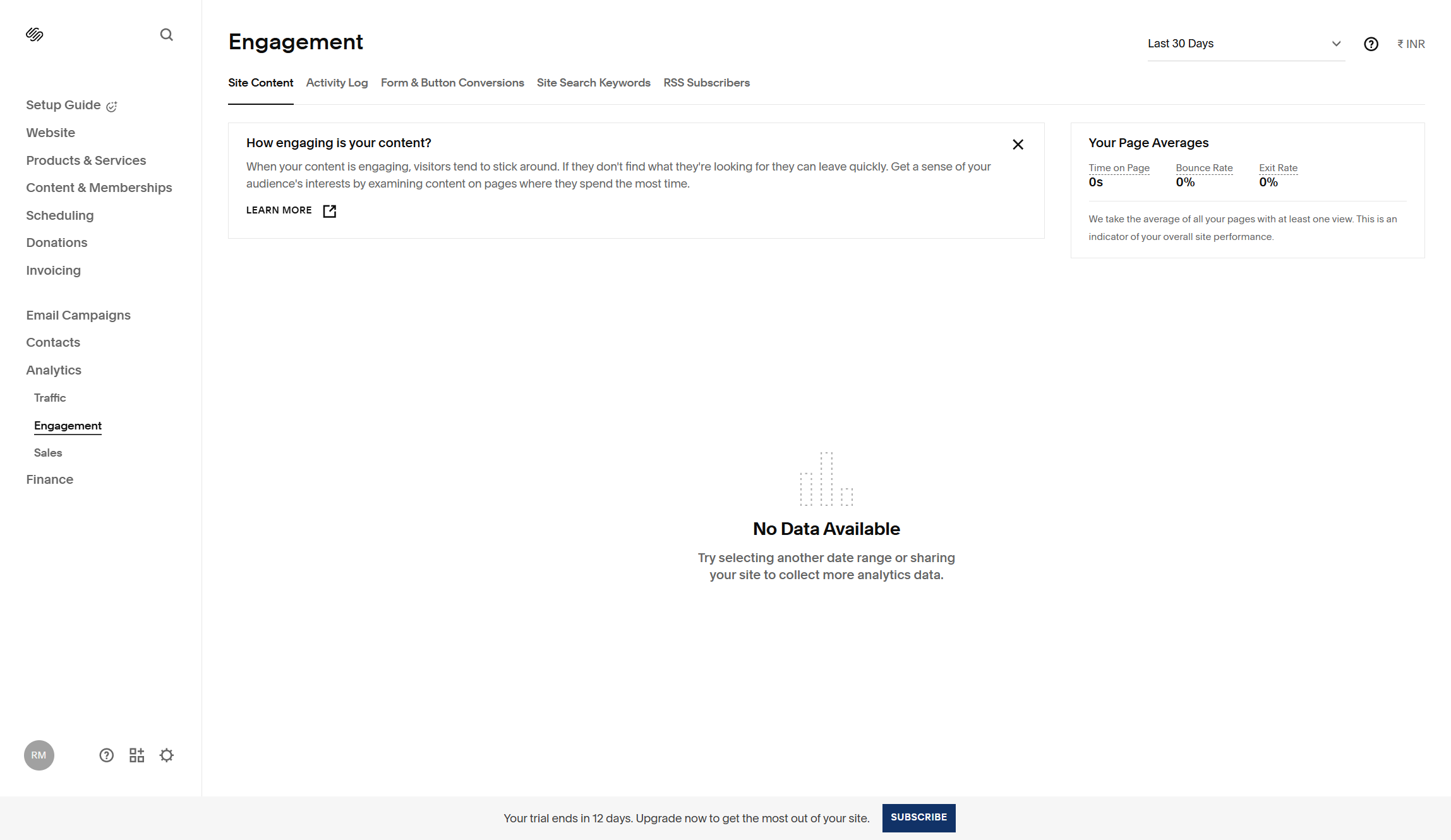
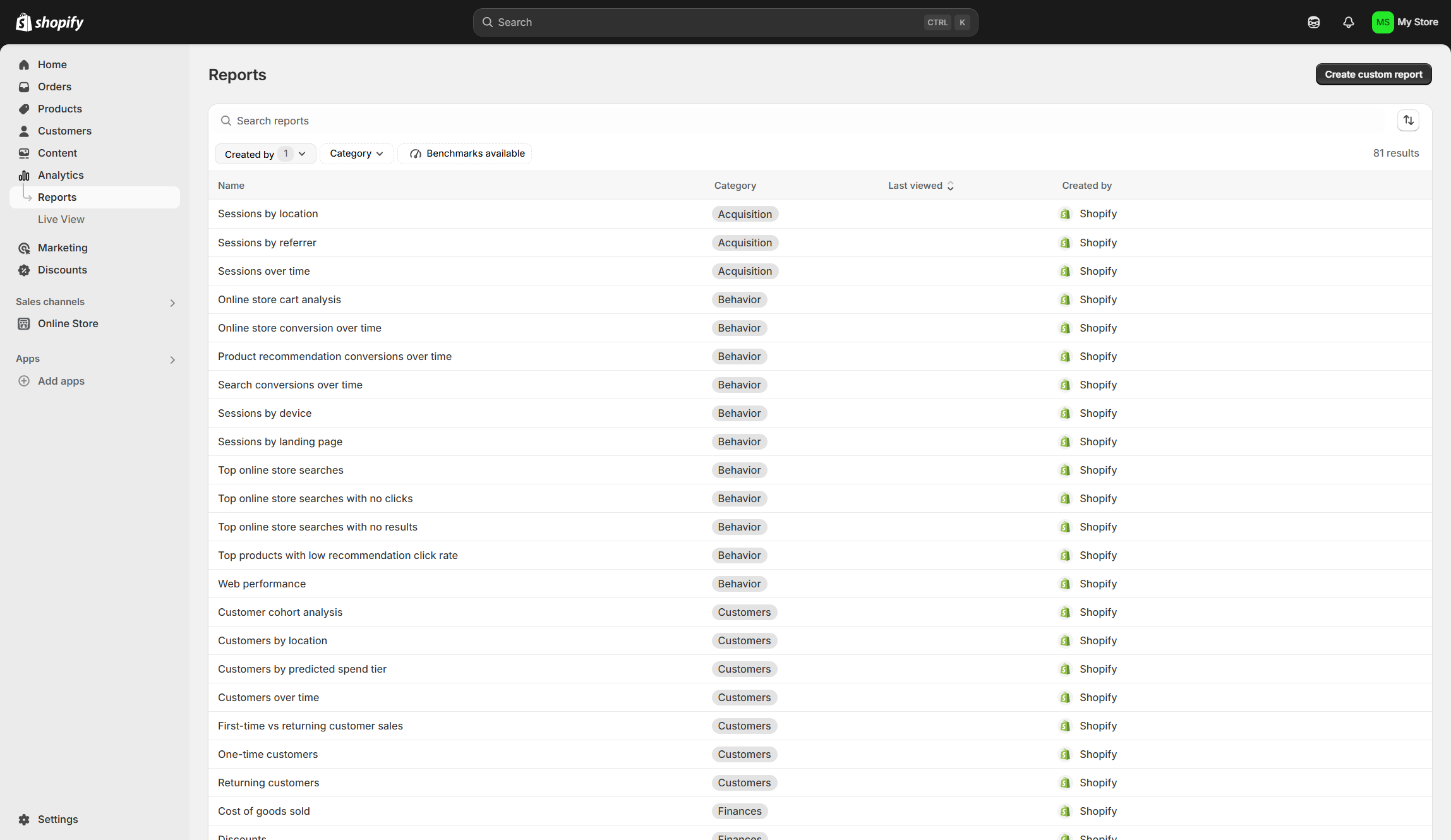
Squarespace offers reliable performance, but its speed can vary depending on the complexity of your site. In 2025, Squarespace has refined its optimisation tools, such as lazy loading, asynchronous script loading, and built-in Content Delivery Networks (CDNs), to enhance page load speeds. For creatives showcasing portfolios or galleries, these features ensure smoother user experiences. Tests show Squarespace achieves impressive metrics like a Fully Loaded Time of 919 ms and a Time to First Byte (TTFB) of 110 ms, which are favorable for search engines and user retention. However, performance consistency remains a concern, with some tests revealing slower speeds under certain conditions, which could impact visitor engagement during peak traffic times.
Shopify stands out as a leader in performance, particularly for e-commerce sites. Built on Google Cloud servers and utilising Cloudflare CDN with over 300 locations worldwide, Shopify ensures lightning-fast load times averaging 1.2 seconds - far surpassing competitors like WooCommerce and BigCommerce. Its infrastructure prioritises Core Web Vitals metrics such as Cumulative Layout Shift (CLS) and Interaction to Next Paint (INP), ensuring stable layouts and responsive pages. Additionally, Shopify guarantees 99.99% uptime, making it an ideal platform for creatives selling digital art or merchandise globally without worrying about downtime.
Verdict: Overall, Squarespace delivers reliable performance for visually focused websites but may falter under heavy traffic or complex designs. Shopify excels in speed and uptime, offering unparalleled reliability for creatives who prioritise e-commerce functionality. As with everything else, I think the choice ultimately depends on whether you want to showcase your creative work as a professional or sell those assets directly from your website.
SEO and ecommerce
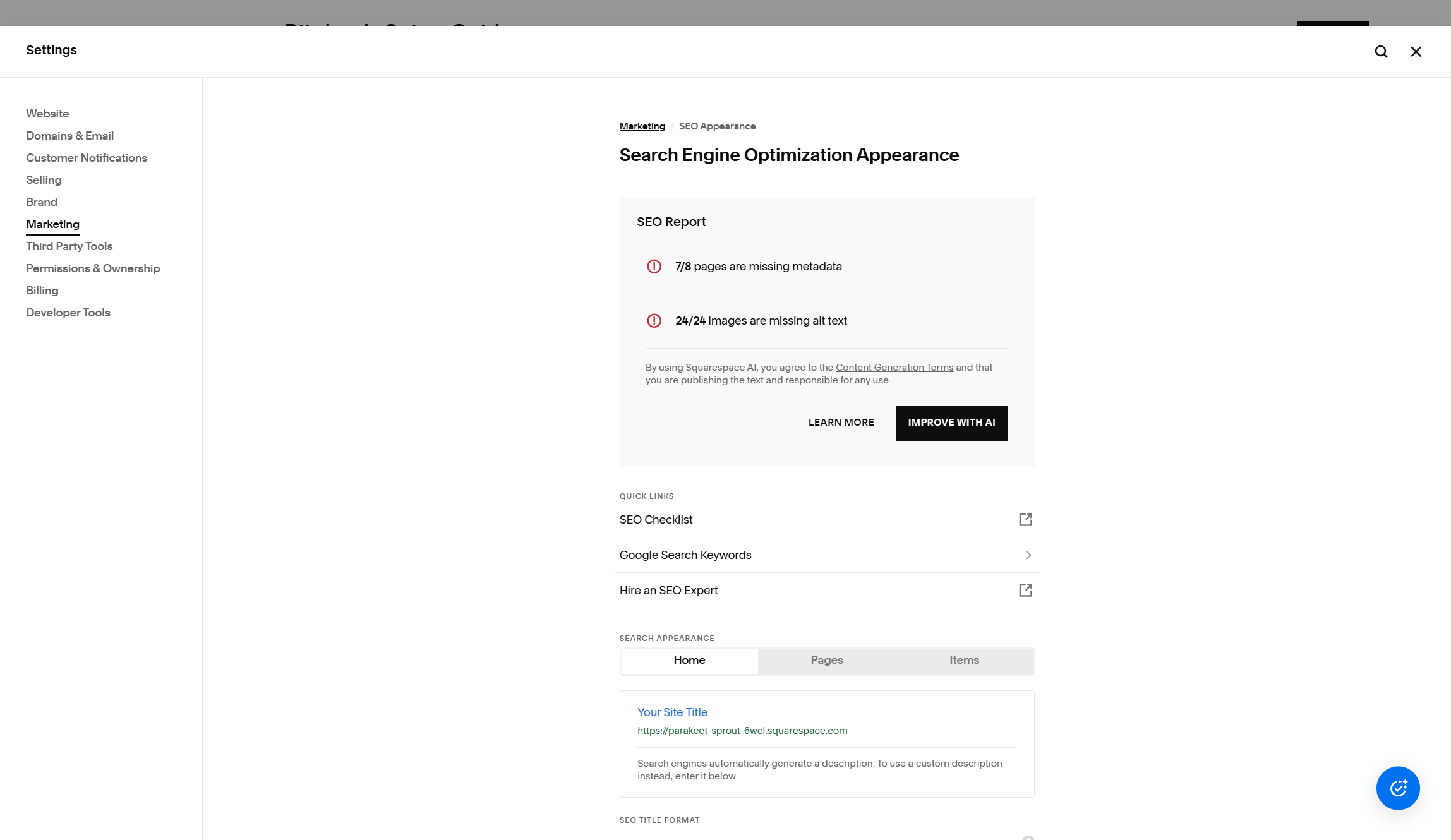
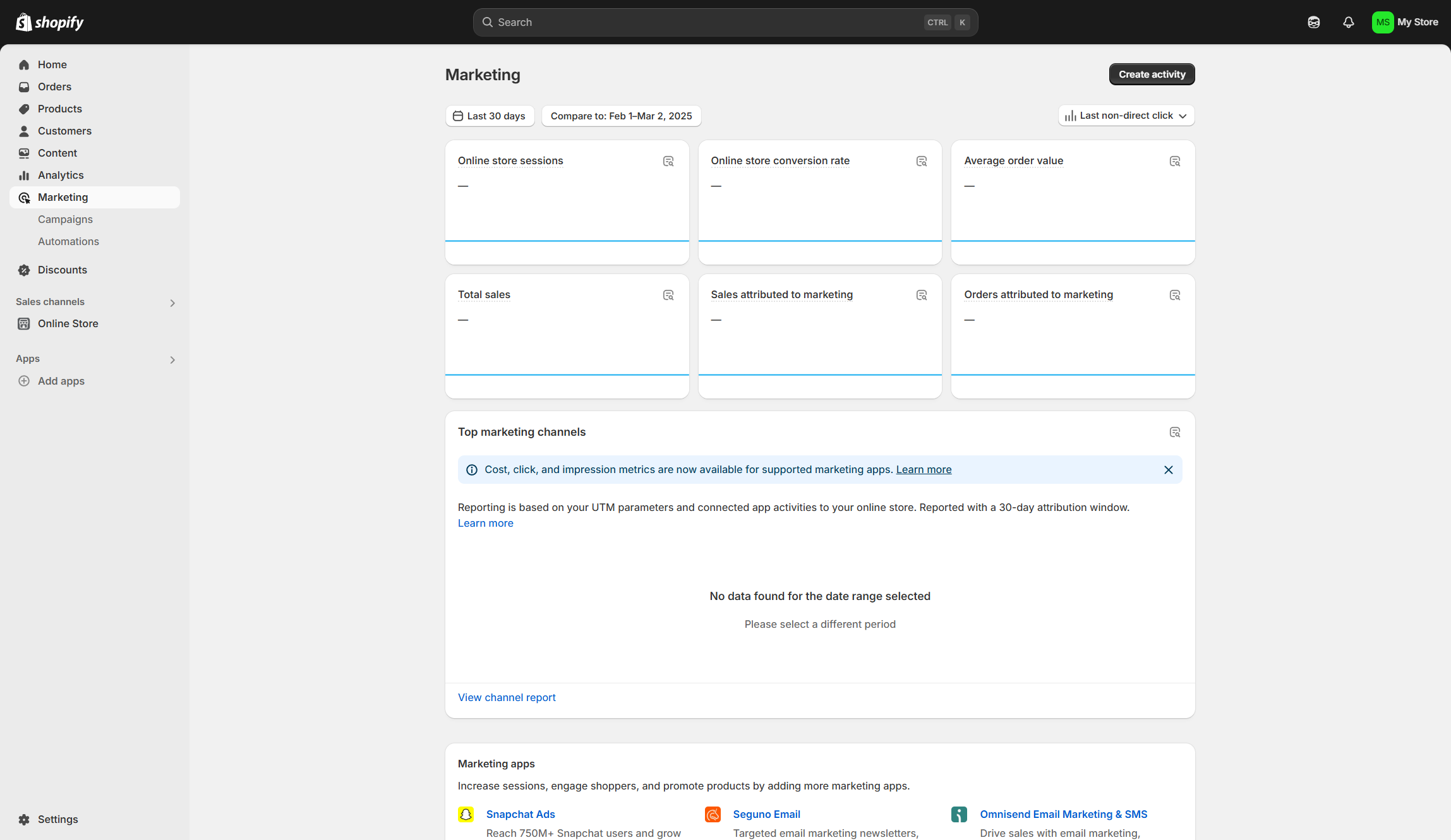
Squarespace has come a long way with its SEO features. It now relies on intent-based understanding using the Jobs to Be Done (JTBD) approach, allowing creators to produce content that speaks to their audience. This is not just keyword optimisation, as it inspires designers and artists to develop compelling, solution-oriented content that meets specific user needs. And for creatives who care about aesthetics, Squarespace's minimalistic interface makes it simple to incorporate SEO best practices without sacrificing design.
As an e-commerce solution, Squarespace can build advanced online stores with built-in inventory management and payment gateway integrations. This would be ideal if I were selling digital art, prints, or one-off items. The e-commerce functionality is optimised for aesthetic beauty, which helps artists and designers present their merchandise in a way that supports their style.
Shopify, however, is a better choice for if I want to invest in advanced ecommerce-specific SEO. Shopify's SEO strategy in 2025 is centered around URL optimisation, site speed optimisation, and providing truly mobile-optimised experiences. Its advanced analytics and AI-powered personalisation capabilities give creatives powerful insights into customer behavior, enabling targeted marketing campaigns and tailored shopping experiences.
Shopify's e-commerce functionality is highly robust, supporting businesses of all sizes. Integrated shoppable videos, selling subscriptions, and more sophisticated multi-channel selling are just a few of the features offered. These types of tools are treasured among creatives looking to monetise their content on multiple platforms. You can also explore alternative methods for presenting their product, like through interactive video or subscription-based models for digital goods or services.
Verdict: Squarespace is more visually oriented, with good search engine optimisation and e-commerce features. Shopify, while less appearance-adjustable, offers more advanced e-commerce functionality and scalability. Both sites have improved significantly in providing good search and e-commerce functionality, so it will really be a question of how much control you require over these features.
Customer support
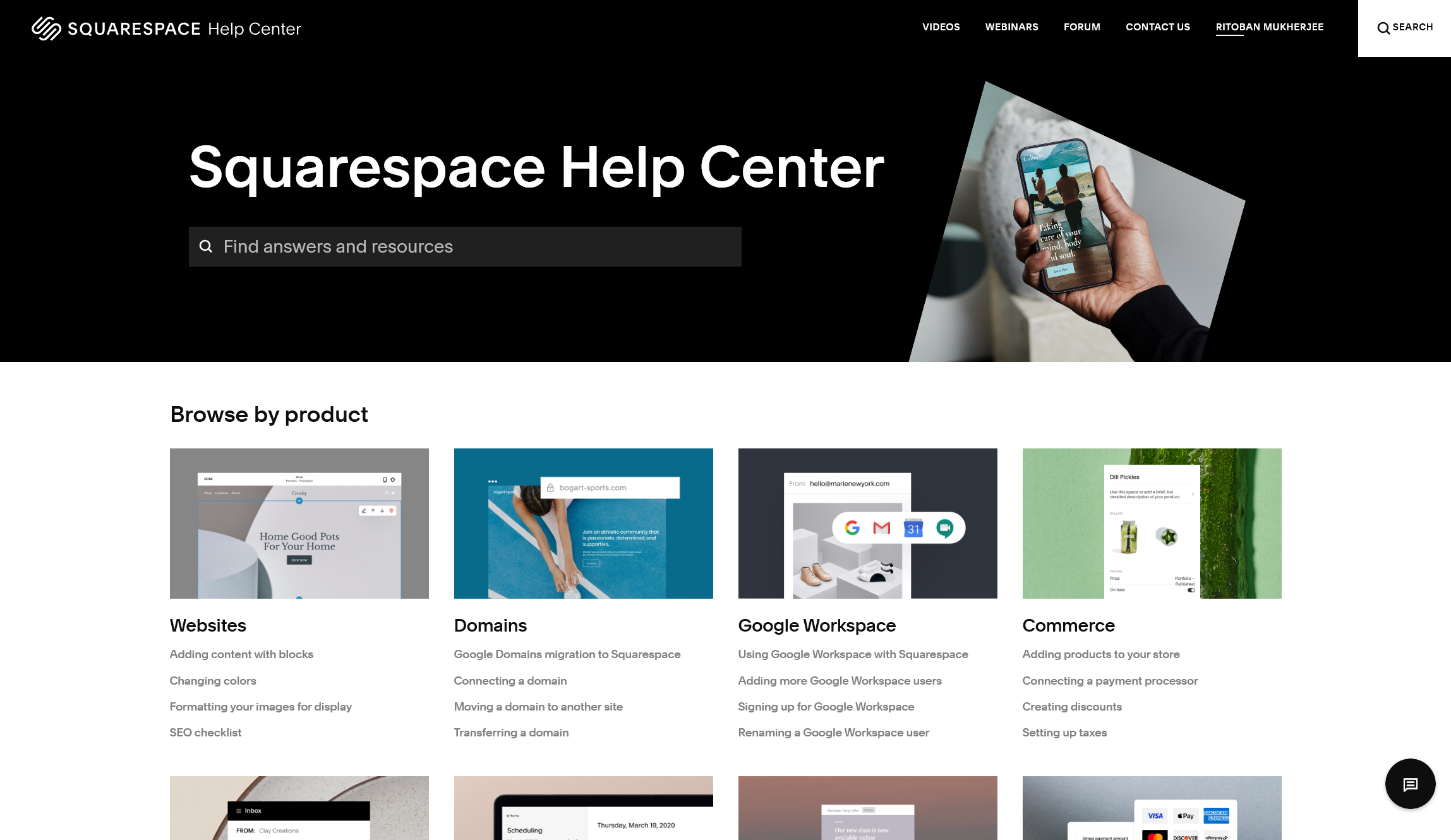
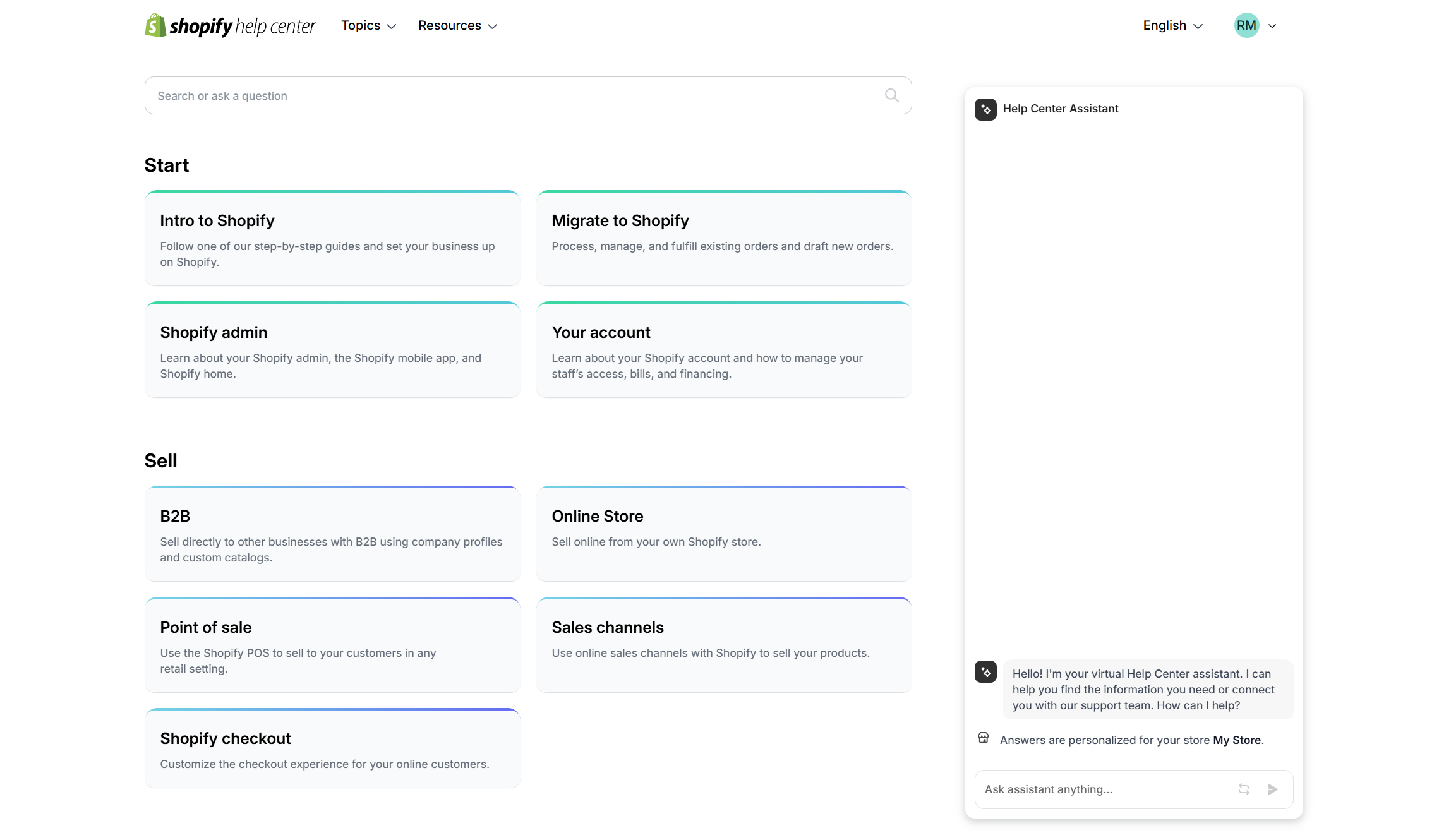
Squarespace provides several support channels to accommodate its users. Its main support channels are live chat, email, and its extensive Help Center. Live chat support is provided during business hours, with immediate support for critical issues. Email support is provided 24/7, with an average response time of one working day. Squarespace's knowledge base is an extensive resource with step-by-step instructions, troubleshooting tips, and detailed explanations of the platform features. However, it does not provide phone support, which may be a deterrent for some.
Shopify relies on an AI-driven support system integrated with their Help Center. The AI assistant is the initial contact, with answers to common questions and the ability to raise support tickets for more complex issues. While direct phone and email support are no longer available, users can still talk to human advisors through the AI assistant if necessary. Shopify support is available 24/7, plus there's a robust community forum, webinars, and tutorials on YouTube.
Verdict: Squarespace support is more personalised and faster, thanks to its continued commitment to human-first support. Shopify's scheme, although perhaps better suited to dealing with an enormous volume of requests, might be less personalised for some users. I think for creative entrepreneurs, it just comes down to whether you're okay with figuring things out on your own or if you need consistent human support.
Pricing and plans
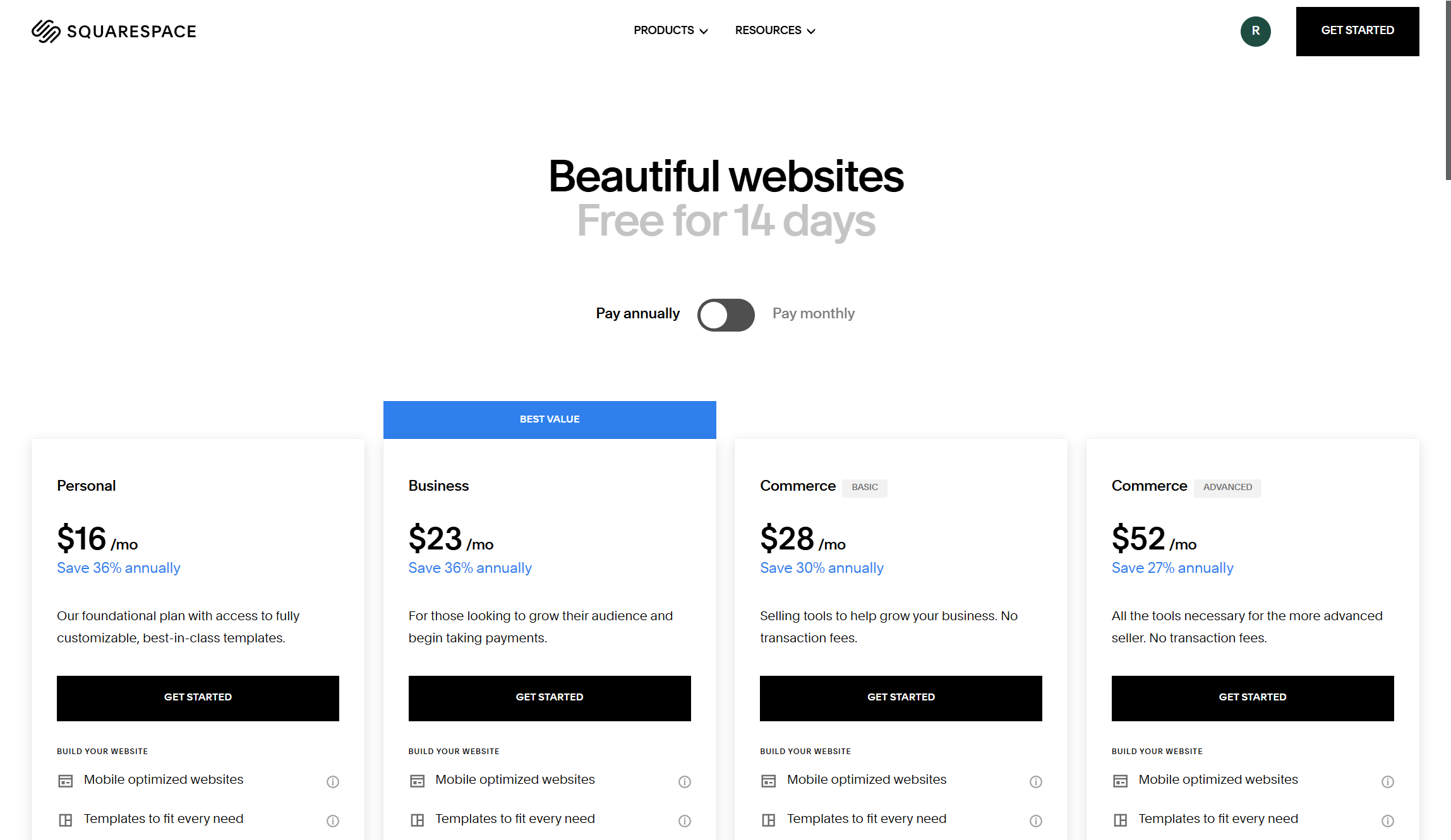
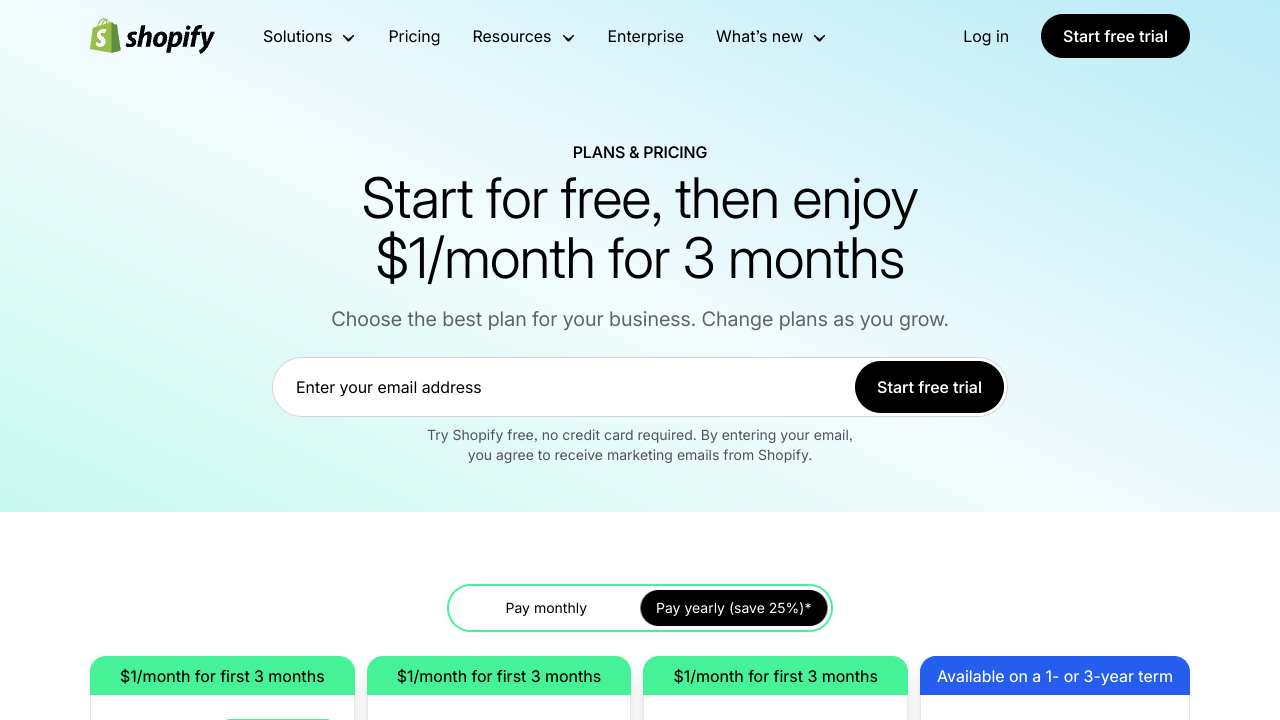
Squarespace has four plans in 2025. The Personal plan costs $16 per month billed annually, with standard features for individuals and small companies. The Core plan at $23 per month (annual) provides additional analytics and marketing features. For larger businesses, the Plus plan at $39 per month provides additional e-commerce features and additional storage. The Advanced plan at $99 per month offers unlimited storage and professional features for established companies.
All plans support unlimited bandwidth and storage, SSL security, and 24/7 support. More sophisticated plans support additional features such as advanced website analysis, promotion pop-ups, and e-commerce support. Surprisingly, Squarespace does not support a free plan but does have a 14-day free trial to help customers test the platform before subscribing to it.
Shopify's 2025 pricing scheme is focused on businesses of all sizes and growth stages. The Starter plan priced at $5 per month is ideal for side ventures and sales on social media. Then there's the Basic Shopify plan priced at $39 per month (or $29 per year), which offers basic functions for small businesses looking to establish an online presence. The standard Shopify plan is priced at $105 per month (or $79 per year), ideal for expanding businesses with additional features and lower transaction fees. Large operations can use the Advanced Shopify plan, priced at $399 per month (or $299 per year), with advanced reporting and shipping features.
Shopify also offers enterprise solutions through Shopify Plus starting at $2,300 per month, for volume retailers and large businesses. Shopify provides each of its plans with a brief three-day free trial, then reduces the promotional price by $1 per month for three months. Each subscription plan has tiered pricing, offering lower transaction fees and more advanced features the further up it goes.
Verdict: Comparing their pricing plans, both providers have a range of options to suit different types of businesses. Squarespace is more affordable on the lower end, which is ideal for creatives and small businesses that care about design and content. Shopify, while expensive, has more e-commerce features and is scalable, making it an ideal choice for business with a focus on online sales and growth.
Verdict
Squarespace and Shopify have both evolved into strong platforms, each catering to distinct ecommerce needs in the creative industry.
Squarespace excels at providing a design-centric experience with its drag-and-drop editor, AI-powered templates, and beautiful layouts. It's the go-to for creatives who care about looks, seamless portfolio integration, and simple content management. With strong SEO capabilities, decent performance, and a more traditional customer support system, Squarespace is ideal for designers, artists, and businesses that care about showcasing their work in an amazing way.
Shopify is the e-commerce behemoth, offering robust selling power, scalability, and high performance. Its best features are advanced inventory management, global payment support, and a large app ecosystem for customisation. With its AI-based support system, detailed analytics, and sales optimisation, Shopify is the favorite among creatives who want to scale online stores, manage rich product catalogs, or expand to multi-channel selling.

Thank you for reading 5 articles this month* Join now for unlimited access
Enjoy your first month for just £1 / $1 / €1
*Read 5 free articles per month without a subscription

Join now for unlimited access
Try first month for just £1 / $1 / €1

Ritoban Mukherjee is a tech and innovations journalist from West Bengal, India. He writes about creative software, from AI website builders, to image manipulation tools, to digital art generators, and beyond. He has also been published on Tom's Guide, Techradar, IT Pro, Gizmodo, Quartz, and Mental Floss.
You must confirm your public display name before commenting
Please logout and then login again, you will then be prompted to enter your display name.

